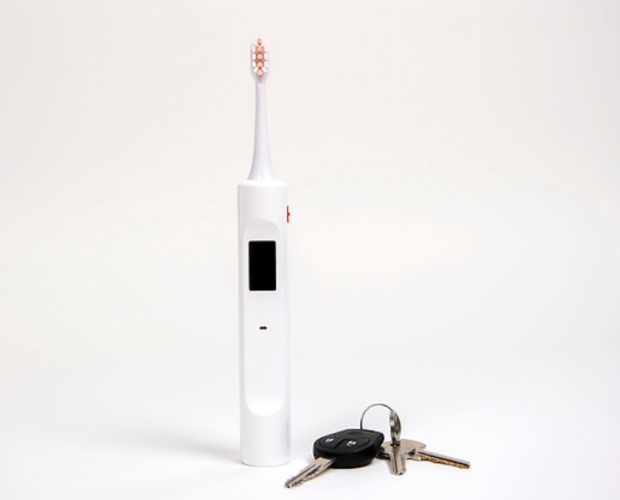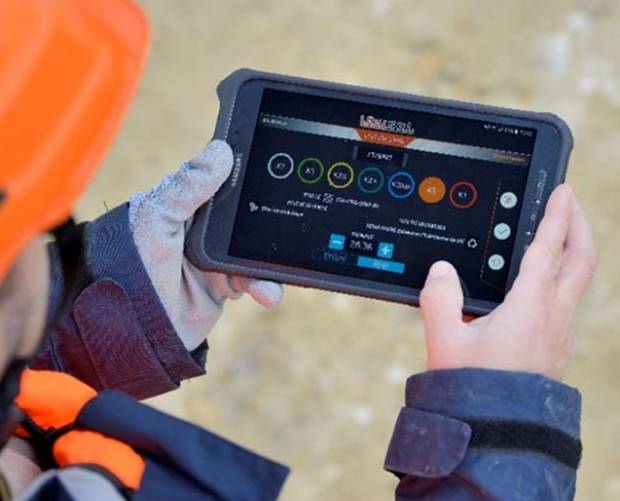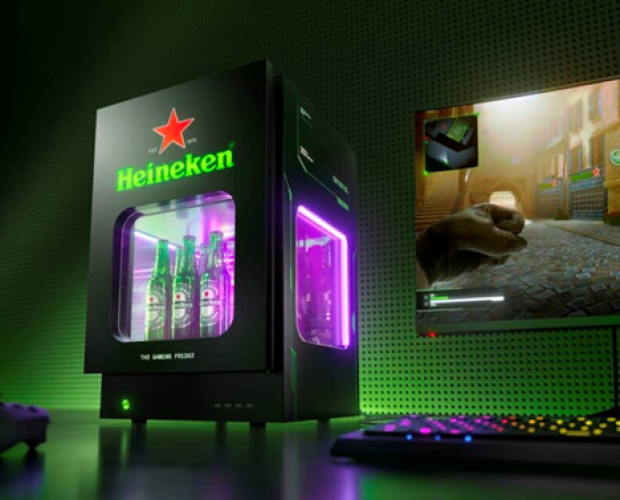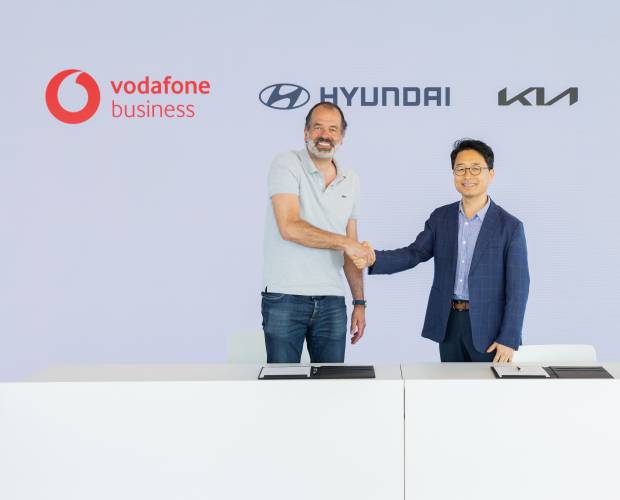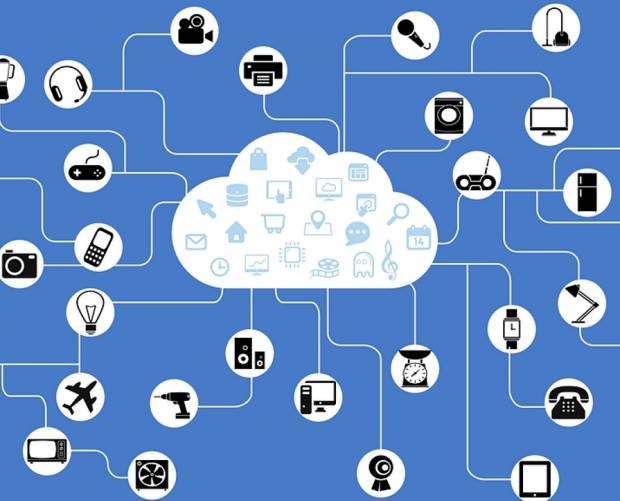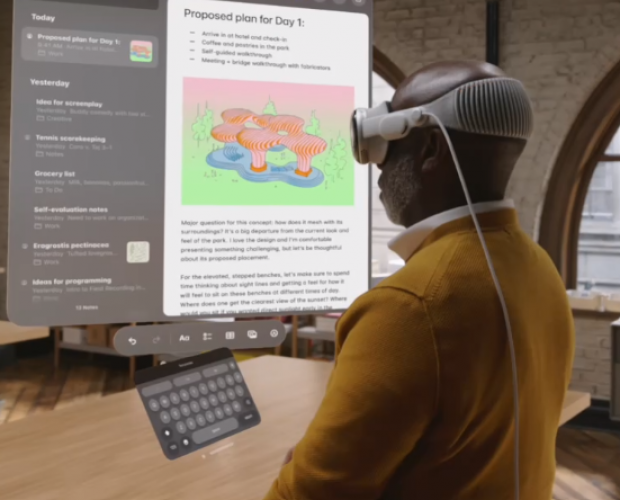Innovation Lab: Smart Dinosaurs, Pee Power and Robot Butlers
- Friday, November 18th, 2016
- Share this article:
At Mobile Marketing were proud to help tech companies showcase their cutting-edge solutions, whether its on our website, in our magazine or at our Mobile Marketing Summits. Giving a platform to companies that are breaking new ground in their market brings audiences one step closer to the ideas and developments that will shape tomorrow.
In that spirit, our Innovation Lab feature takes a step beyond the world of apps, ads and handsets with slightly bigger screens, in order to share some of the tech worlds innovative ideas. They might be interesting, disruptive or just outright strange, but these are the stories that have caught our eye over the past week.
IoT Technology Rejuvenates Dinosaur
Blackgang Chine, the oldest amusement park in the UK, has given one of its iconic attractions a technological makeover with the help of IBM and Raspberry Pi, making its life-sized animatronic T-Rex into a more interactive, responsive creation.
The update comes from a Raspberry Pi jam session, organised by park owners Vectis Ventures, and involving IBM, the Raspberry Pi community and Makertorium. It uses IBMs Watson IoT platform to introduce a variety of new features to the T-Rex, like making it roar whenever people tweet using the #blackgangpi hashtag.
“Alec Dabell had a vision that he wanted his dinosaurs to be more interactive; respond to people as they walked down a path or interact with each other,” said Andy Standford-Clark, engineer and master inventor at IBM.
“The original dinosaurs were pre-programmed with a rather limited set of movements – and its really that element of surprise we can bring in using IBMs Watson IoT platform. We installed the Raspberry Pi into the full size T-Rex and it sprang to life. I was just blown away by it.”
 Transforming Urine into Clean Energy for Space Travel
Transforming Urine into Clean Energy for Space Travel
A Mexican engineer has developed a process that can convert human urine into a biogas that can be used as fuel, and also created a method for extracting oxygen from urine, which he claims could provide astronauts with emergency O2 in space.
Gabriel Luna-Sandoval, a researcher from the University of Sonora State in northern Mexico, created the biogas conversion method around nine years ago, and has been perfecting the process over time. He aims to replace liquefied petroleum gas, used in many Mexican homes, with a much more environmentally-friendly alternative.
His device uses electricity to separate oxygen and hydrogen from urine, using the latter as a biogas fuel. It can be connected to a homes pipes and used to heat water for the kitchen and bathrooms.
The invention has caught the attention of the National Science and Technology Council in Mexico, as well as the Mexican Space Agency, which called it a “great innovation” with “high viability to be considered in space technology”.
Luxury Apartment Comes Complete with Robot Butler
If youre wondering what kind of amenities could make a apartment worth paying $25,000 (£20,000) a month for, how does a robot butler named Charley sound? Thats exactly what residents at Crescent Heights Ten Thousand building in Los Angeles can expect.
Residents in the building will be able use an iPad to access a fleet of Relay-model robots, designed and created by Savioke, that can provide a variety of services, delivering everything from post to takeaway meals directly to their door.
Ten Thousand marks the first time that the Relay robots have been deployed in a residential building, rather than an upscale hotel or other hospitality setting. In fact, the decision was prompted by a member of Crescent Heights senior staff staying at a hotel with the robots in operation and deciding they would be perfect for the new luxury living space.
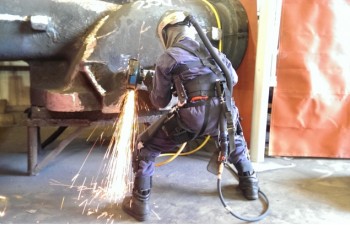 Modular Exoskeleton Aims to Reduce Workplace Injuries
Modular Exoskeleton Aims to Reduce Workplace Injuries
SuitX, a robotics company based out of Berkeleys Human Engineering Lab, has launched a new exoskeleton, the Max, that aims to augment human capabilities while at the same time protecting users from common workplace injuries.
The suit is uses a lightweight modular design which can support any combination of a users legs, back and shoulders, supporting strenuous activities including lifting, stooping, bending, squatting and overhead work. The suit reduces fatigue and overexertion, which is the leading cause of disabling injuries at work.
“The Max solution is designed for unstructured workplaces where no robot can work as efficiently as a human worker,” said Dr Homayoon Kazerooni, founder and CEO of SuitX. “Our goal is to augment and support workers who perform demanding and repetitive tasks in unstructured workplaces in order to prevent and reduce injuries.”
Smartwatch Uses Body Heat to Power Itself
Thermoelectric generators that can create electricity from heat have been around for a long while, but in general their size and efficiency has kept them out of consumer electronics. That could be about to change with the launch of the PowerWatch, a smartwatch that charges itself using just your body heat.
The device, by Matrix Industries, was created as a proof-of-concept that their thermoelectric technology could be made small and efficient enough to include in compact devices. Thermoelectric generators rely on one side being warmer than the other, which is perfect for a smartwatch.
While the watchs features are quite limited compared to an Apple Watch or Android Wear device, it does have one advantage when it comes to fitness tracking. Because it is dependent on body heat, it can track minor fluctuations during exercise to accurately track how many calories are being burned.






